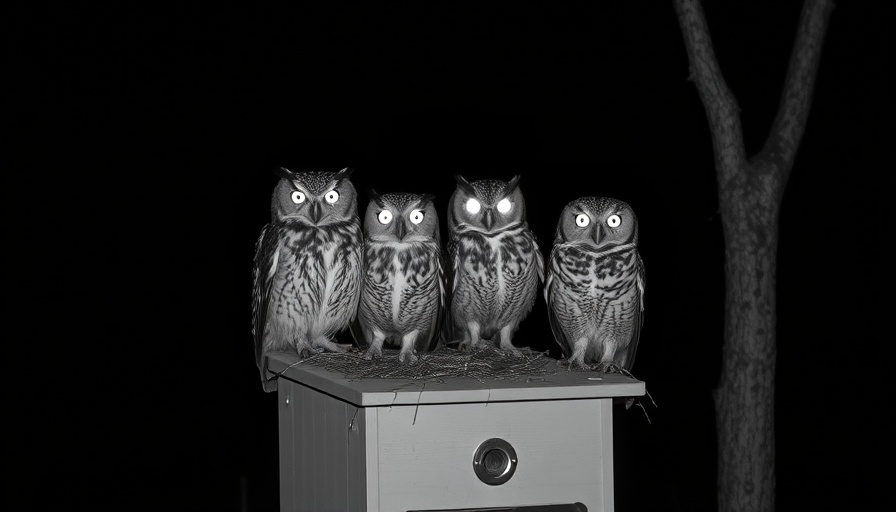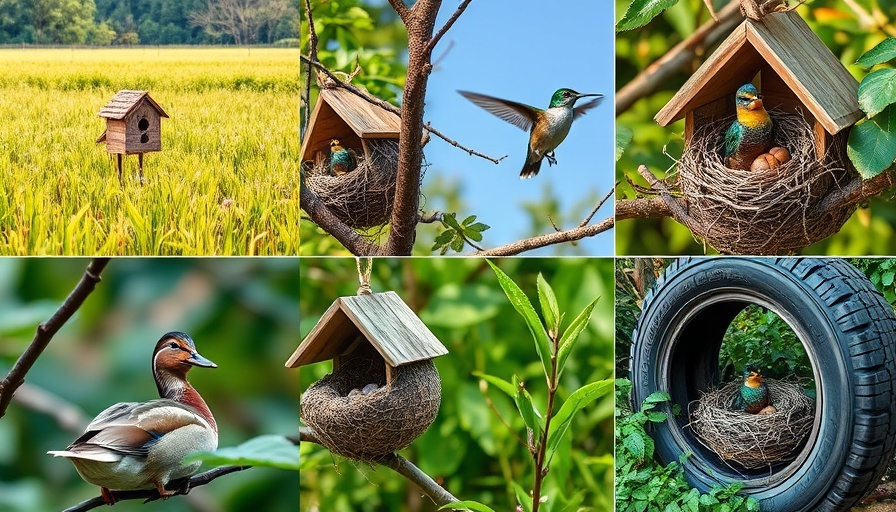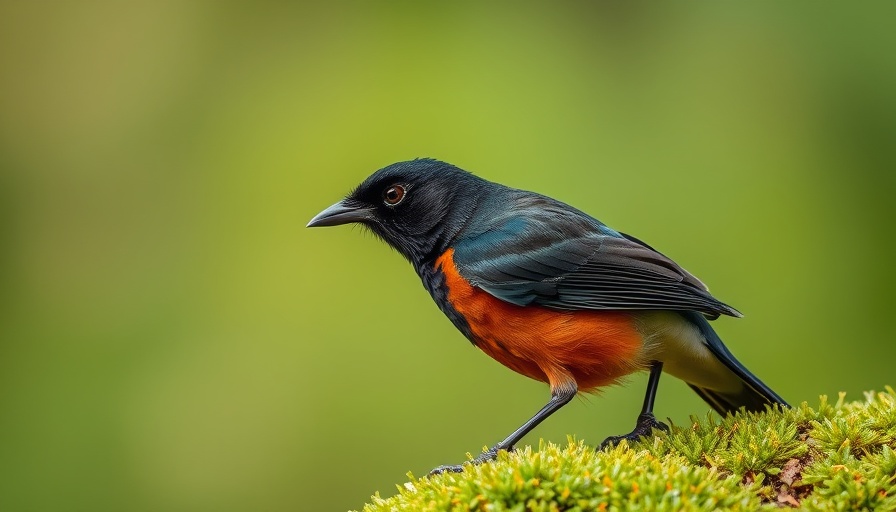
The Migration Patterns of the Ruby-throated Hummingbird
The Ruby-throated Hummingbird is a remarkable bird that migrates a staggering distance from Central America to Massachusetts. Their arrival in late April or early May marks one of the most anticipated seasons for bird enthusiasts. These tiny birds fill gardens with their stunning agility and vibrant colors, creating vibrant ecosystems throughout the summer months. However, as the seasons shift, the return journey begins with most birds departing by the end of August or early September. By mid-September, it is common to see only a few stragglers left as they prepare for their long flight south.
Why Timing Matters for Hummingbirds
The migration timing of the Ruby-throated Hummingbirds is not arbitrary. Their departure is driven by natural signals, including a decrease in daylight, dwindling insect populations, and the lack of nectar sources. Understanding these signals can not only enhance our appreciation for these birds but also enable bird lovers to provide the best conditions for their feeding. It's essential to keep feeders full until two weeks have passed without sightings to help support these birds during their migratory journey.
Supporting Hummingbirds in Massachusetts
To assist these incredible migrants, homeowners can take practical steps to make their gardens more inviting. This includes setting up feeders in early to mid-April and using a simple nectar recipe of one part sugar to four parts water without any additives like red dye. Additionally, selecting native, tubular flowers—such as bee balm and salvia—provides natural food sources while adding beauty to the garden.
Conclusion: Your Role as a Bird Lover
Being a bird lover also comes with a commitment to understanding hummingbird behavior and supporting them. By following these tips, you can contribute to the well-being of the Ruby-throated Hummingbird population in Massachusetts. Make sure to keep your feeders up longer than you might think, as late stragglers rely on your efforts. Together, we can ensure that these dazzling birds have the nourishment they need during their migration.
 Add Row
Add Row  Add
Add 




Write A Comment